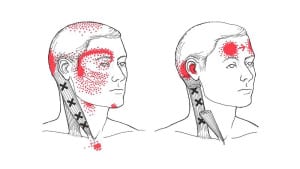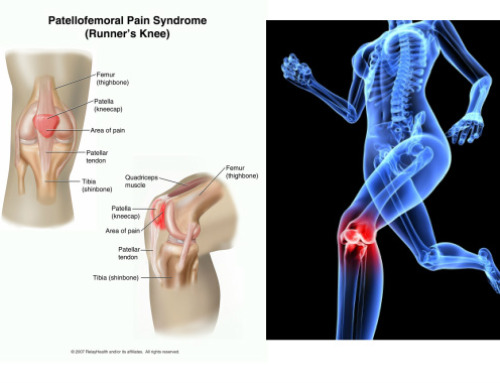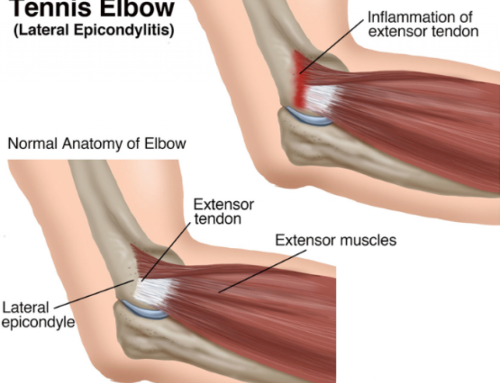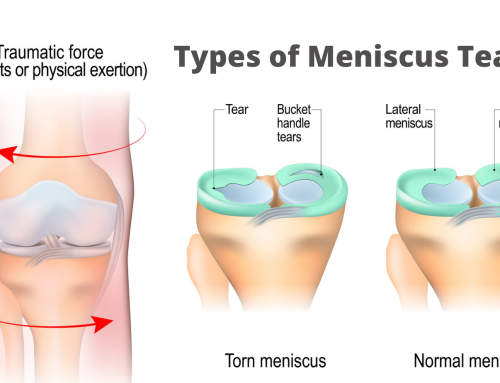Are you experiencing persistent headaches that seem to originate from your neck?
If so, you might be suffering from cervicogenic headaches. While these headaches can be debilitating, the good news is that physiotherapy can offer effective solutions to alleviate your pain and improve your overall quality of life.
In this article, we will dive deeper into cervicogenic headaches, their causes, symptoms, and how physiotherapy can provide lasting relief.
What are Cervicogenic Headaches?
Cervicogenic headaches are a type of headache that originates from the cervical spine (neck region). Unlike other types of headaches, such as migraines or tension headaches, cervicogenic headaches are caused by underlying problems in the neck, such as neck joint dysfunction, muscle imbalances, or nerve irritation.
Causes and Symptoms:
Cervicogenic headaches can be triggered by various factors, including poor posture, whiplash injuries, arthritis, muscle strains, misaligned joints and even stress (due to muscle tension). Identifying the root cause is crucial for effective treatment.
Common symptoms of cervicogenic headaches include:
- One-sided head pain: The pain is typically felt on one side of the head, starting from the base of the skull and radiating towards the forehead or temples (even behind the eye).
- Neck pain and stiffness: Neck discomfort and restricted range of motion are commonly experienced along with the headache.
- Pain aggravated by neck movements: Certain neck movements or positions, such as looking up or down for an extended period, can worsen the headache.
How Can Physiotherapy Help?
Physiotherapy plays a vital role in the diagnosis, treatment, and prevention of cervicogenic headaches. By employing a holistic approach, physiotherapists can address the underlying issues causing the headaches and help you find long-term relief. Here’s how physiotherapy can help:
Accurate diagnosis: A skilled physiotherapist will perform a comprehensive assessment to identify the specific causes of your cervicogenic headaches. They will consider factors such as posture, muscle imbalances, joint dysfunction, and nerve irritation to develop a personalised treatment plan. Headaches can be caused from a wide range of underlying issues, some of which are sinister, so accurate diagnosis is critical.
Manual therapy: Hands-on techniques, such as joint mobilisation, soft tissue massage, dry needling and stretching are used to restore normal function to the cervical spine. These techniques can reduce pain, improve range of motion, and promote healing.
Postural correction and exercises: Physiotherapists will address poor posture and prescribe exercises to strengthen weak muscles and stretch tight ones. By correcting postural imbalances, unnecessary stress on the neck can be reduced, leading to a decrease in headache frequency and intensity.
Ergonomic advice: Your physiotherapist can provide guidance on ergonomics, such as adjusting your workstation or sleeping posture, to prevent exacerbation of symptoms and support long-term recovery.
Education and self-management strategies: Advanz Health prioritises patient education, providing you with the knowledge and tools to manage your symptoms independently. This empowers you to take an active role in your recovery and prevent future recurrences.
Conclusion:
If you are experiencing cervicogenic headaches, seeking the expertise of a qualified physiotherapist can significantly improve your quality of life. Through a combination of manual therapy, targeted exercises, and postural corrections, physiotherapy offers a natural and effective approach to treating cervicogenic headaches. Remember, finding the right treatment plan tailored to your specific needs is essential for long-lasting relief. Don’t let cervicogenic headaches hold you back any longer – take the first step towards a pain-free life by consulting with one of our physio’s at Advanz Health today!





